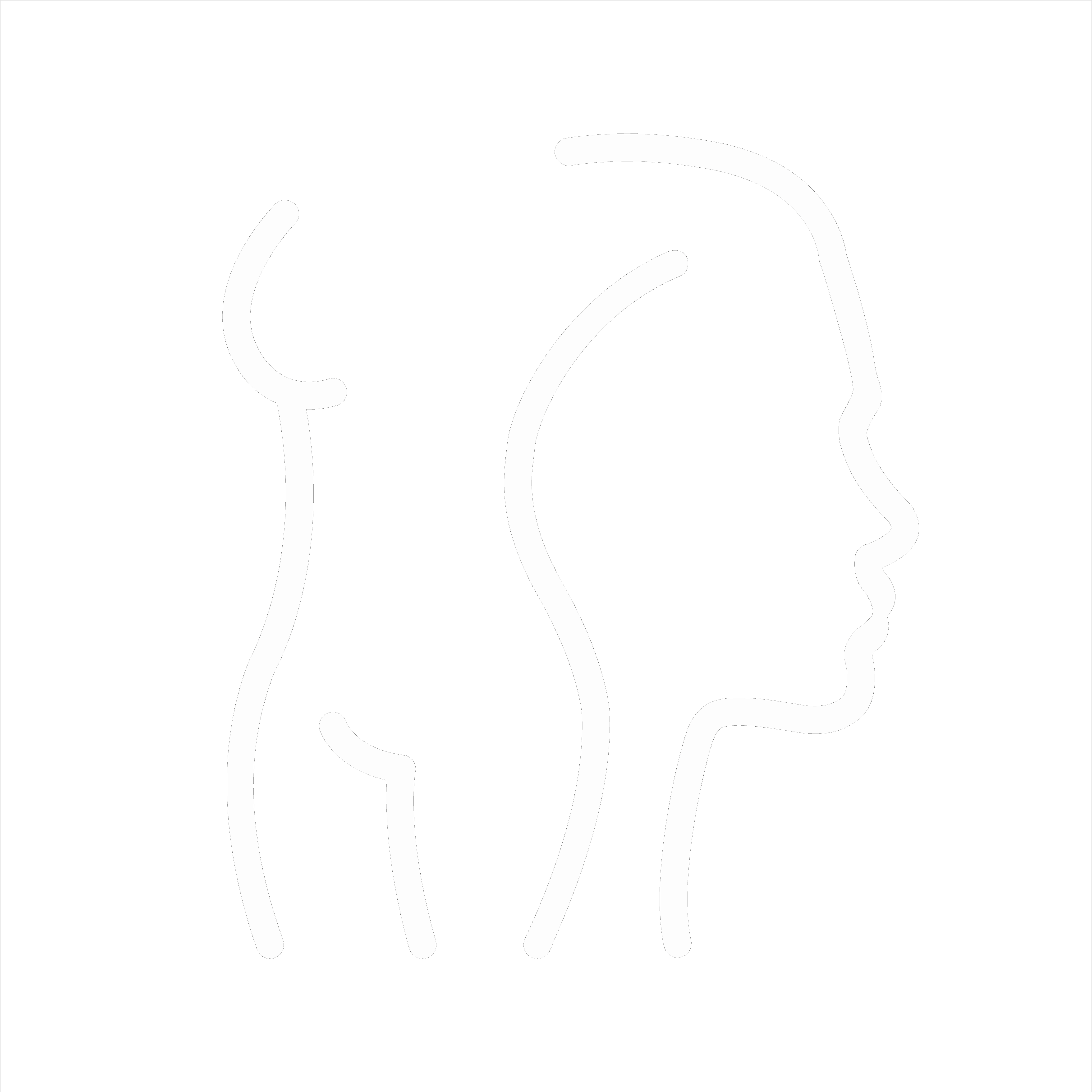Upper eyelids
There can occur sagging skin at the height of the upper eyelids. This can create a tired or sad look. Furthermore, some patients suffer from fatigue complaints or they speak of a 'feeling of pressure'. Excess skin but also an excess of subcutaneous fat tissue give rise to these complaints.
This can be treated with an upper eyelid correction or upper blepharoplasty. During this procedure under local anaesthetic, excess skin and subcutaneous fat tissue is removed through an incision in the upper eyelid fold.
In this way, an open expression is created again and the fatigue complaints are counteracted. The eyelid crease is again nicely lined with a scar that heals very well and will be almost invisible.
Preparation
- You do not need to be fasting for this procedure under local anaesthesia.
- Timely smoking cessation is very important to prevent wound healing problems.
- When taking blood thinners, you should stop them in time. Be sure to discuss this with the surgeon during the consultation.
Postoperative course
- You should not exert any strenuous activity or lift heavy loads for a week.
- The first week your eyelids may be swollen and turn blue, this will pass relatively quickly.
Possible complications
As with any surgery, this procedure carries a risk of bleeding, infection or impaired wound healing. After an upper eyelid correction, you may have difficulty closing your eyes completely for the first few days because of the swelling. This can cause dry eyes, which can be treated with eye drops.



